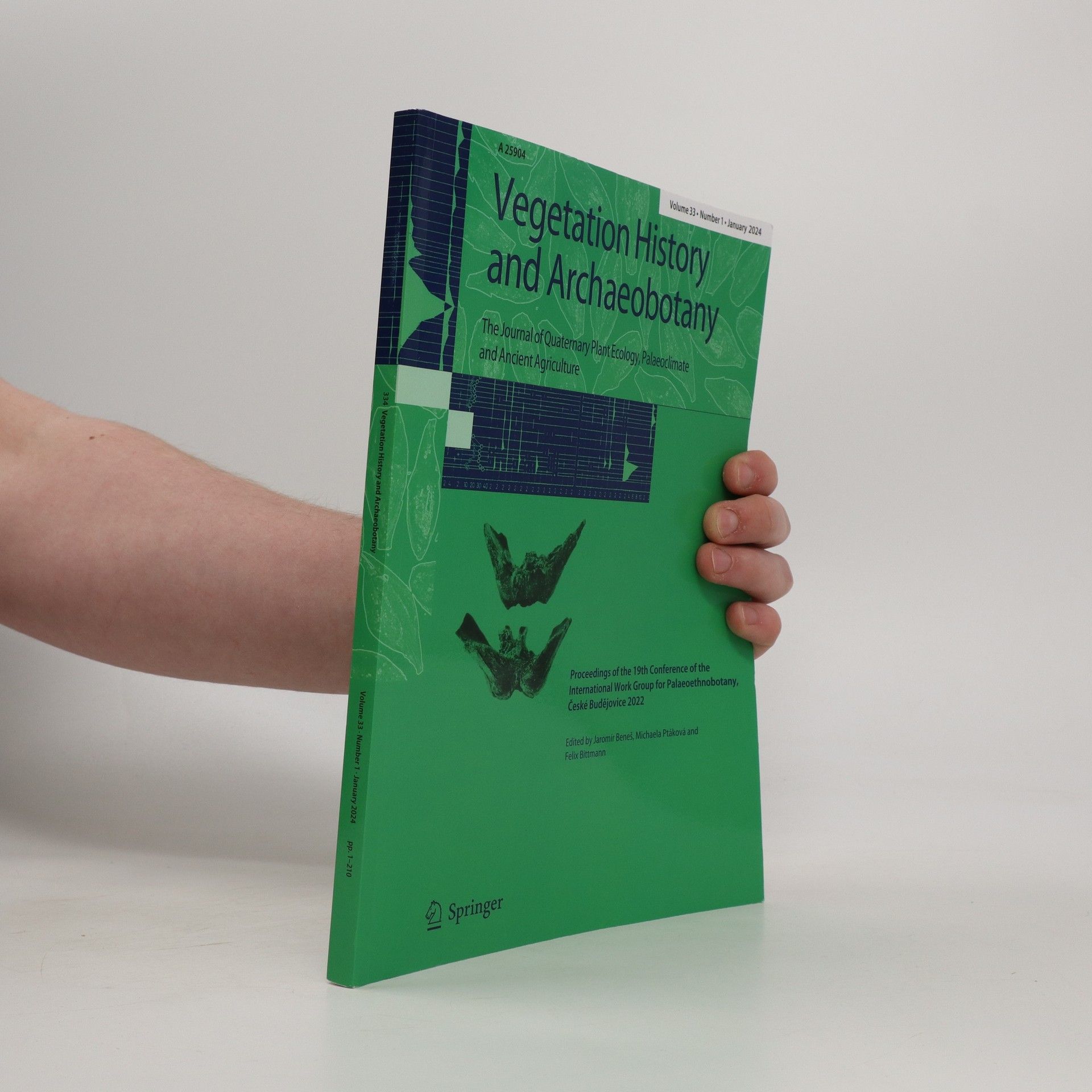Bootstrapping
An Integrated Approach with Python and Stata
Bootstrapping is a conceptually simple statistical technique to increase the quality of estimates, conduct robustness checks and compute standard errors for virtually any statistic. This book provides an intelligible and compact introduction for students, scientists and practitioners. It not only gives a clear explanation of the underlying concepts but also demonstrates the application of bootstrapping using Python and Stata.

